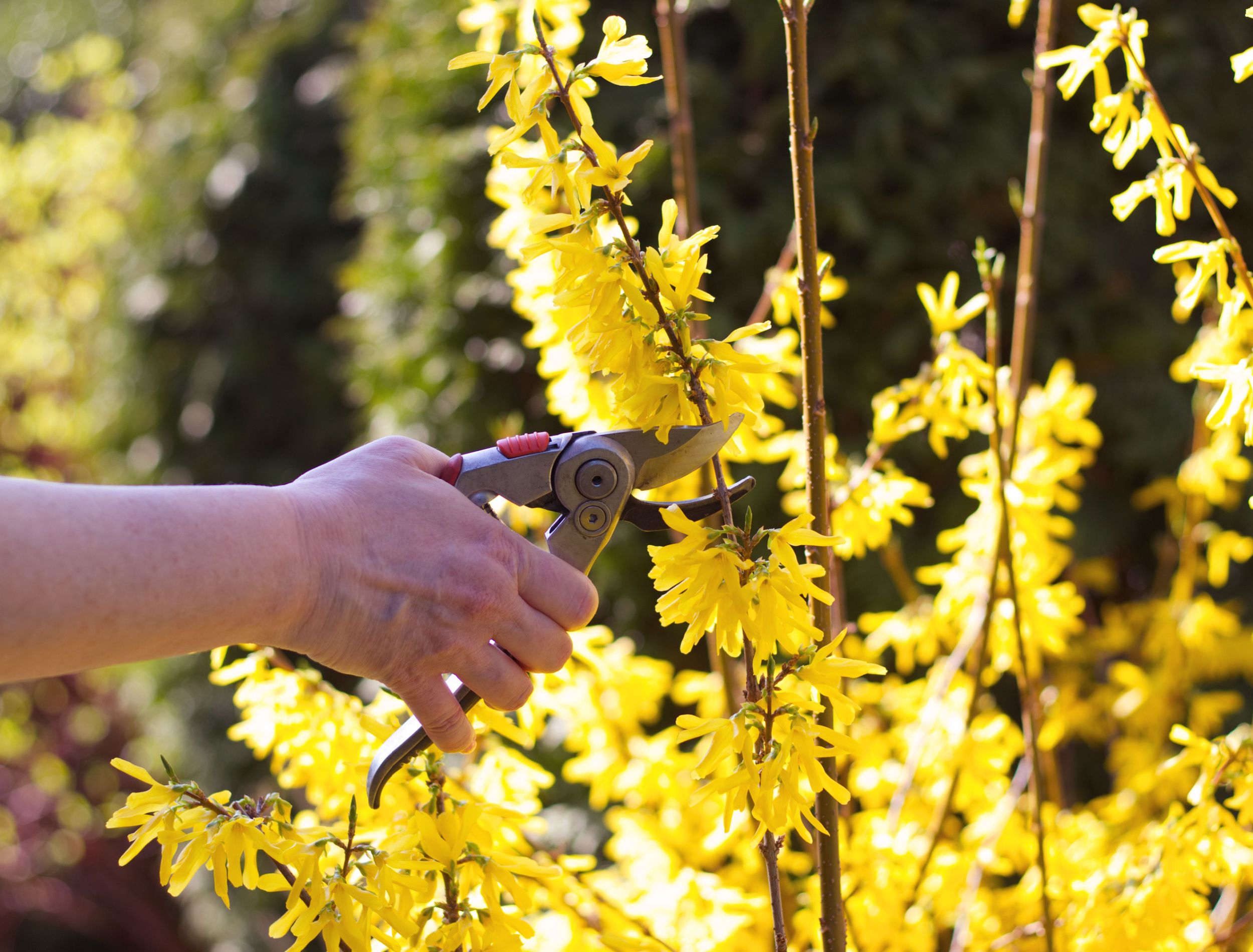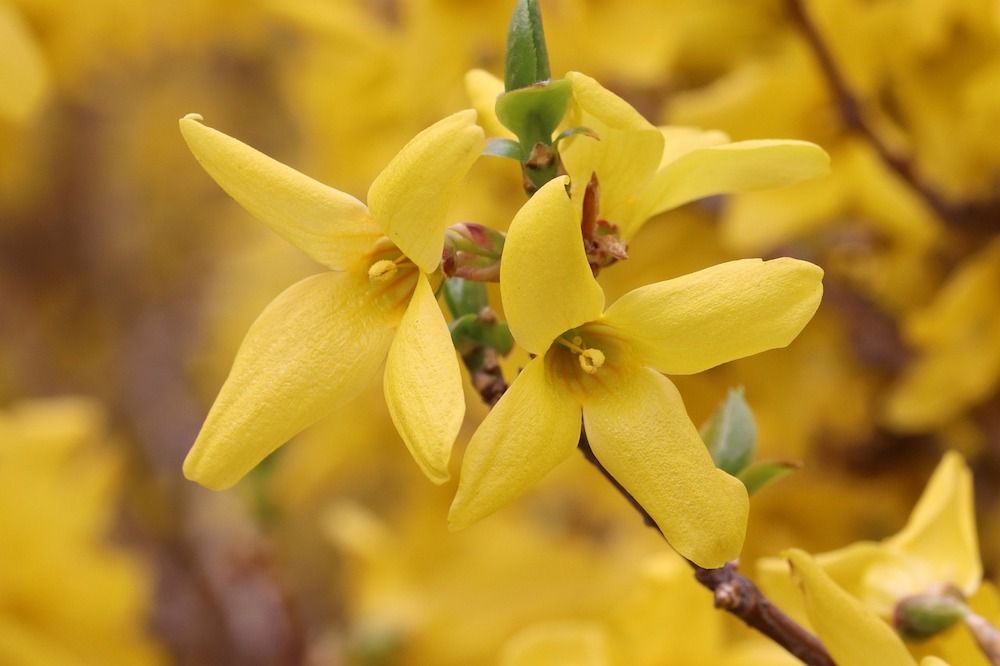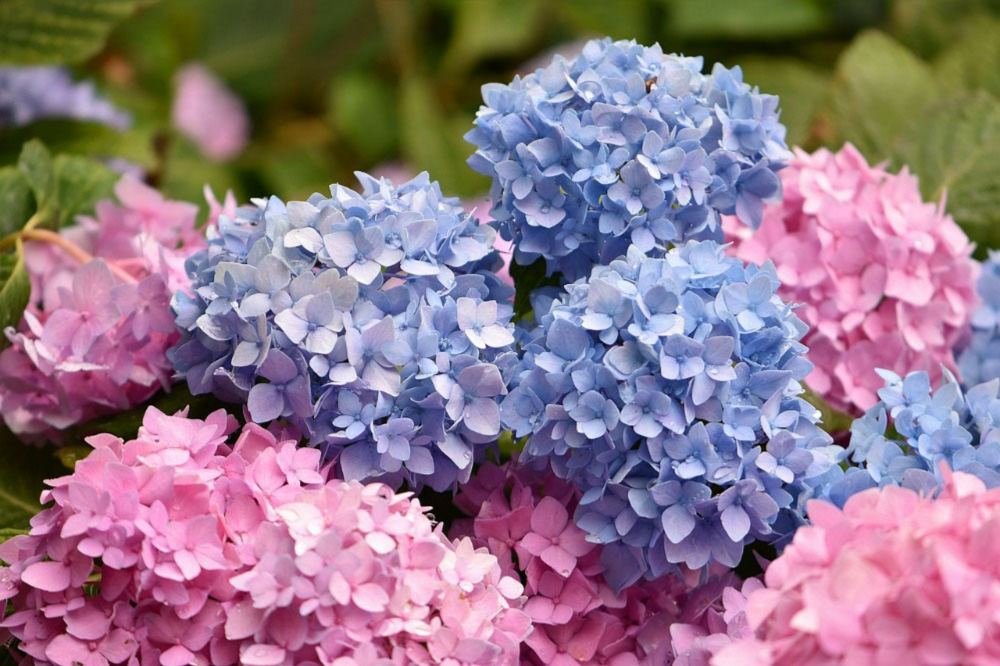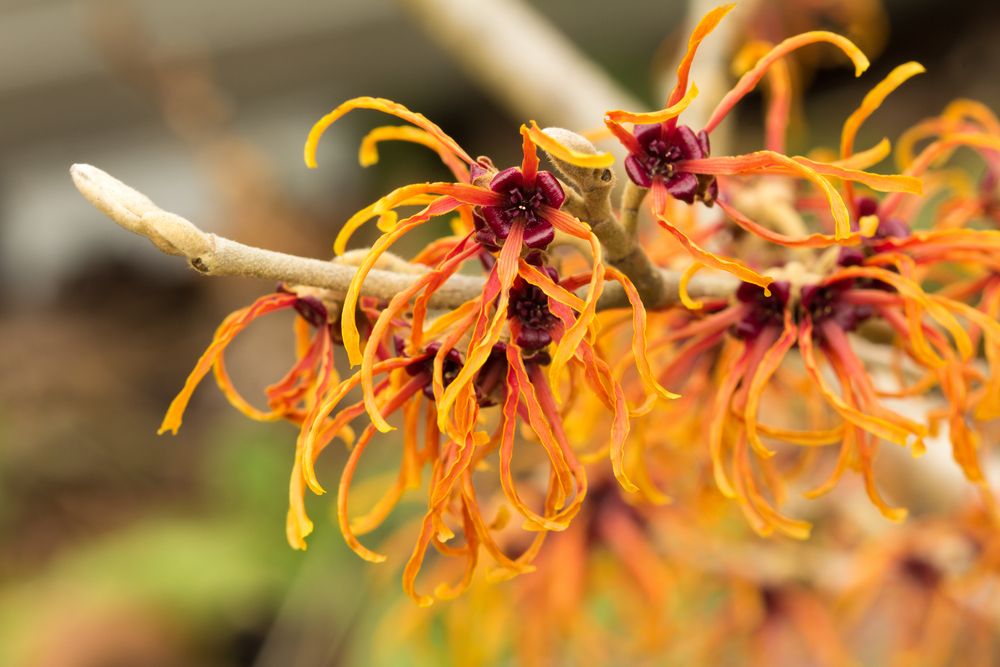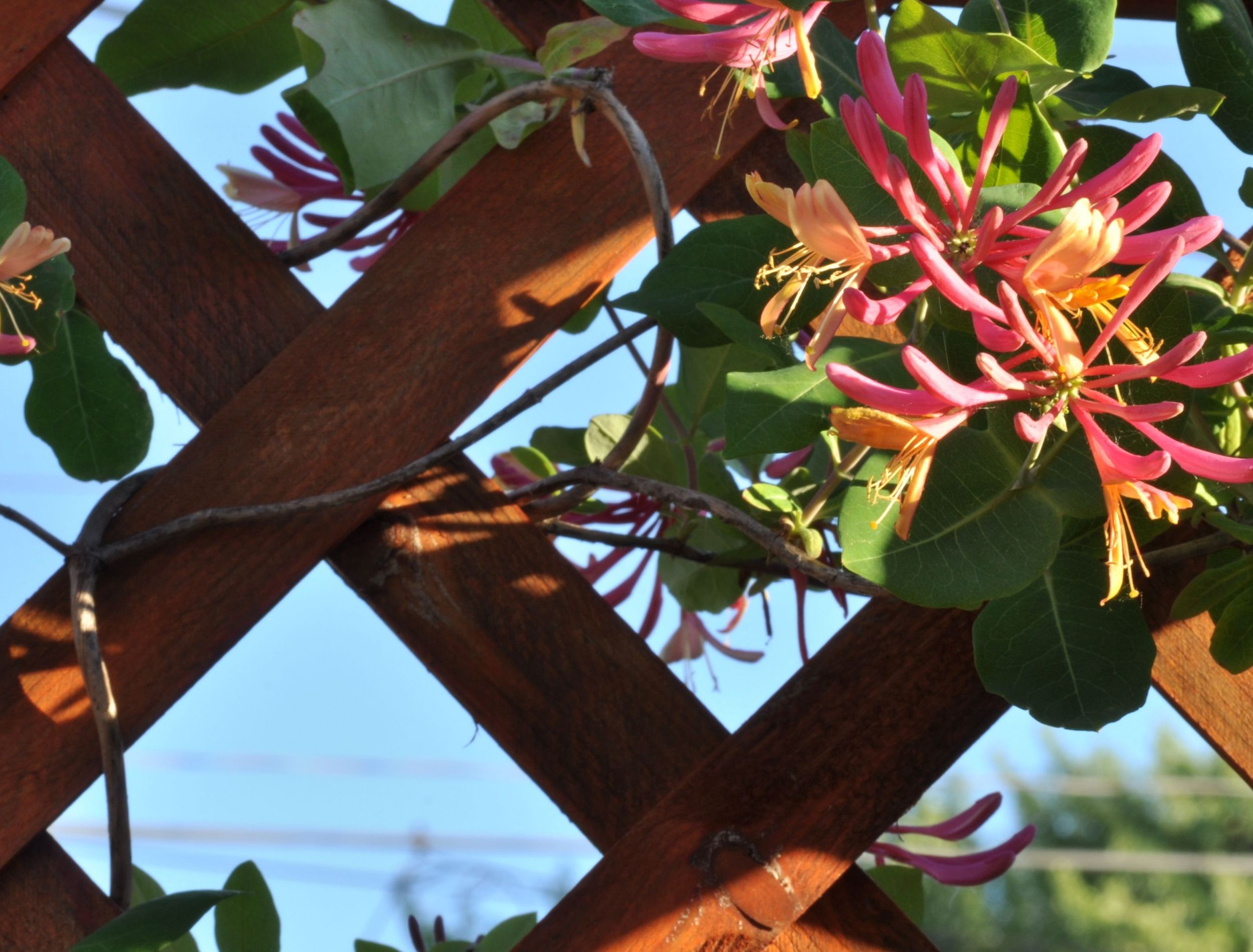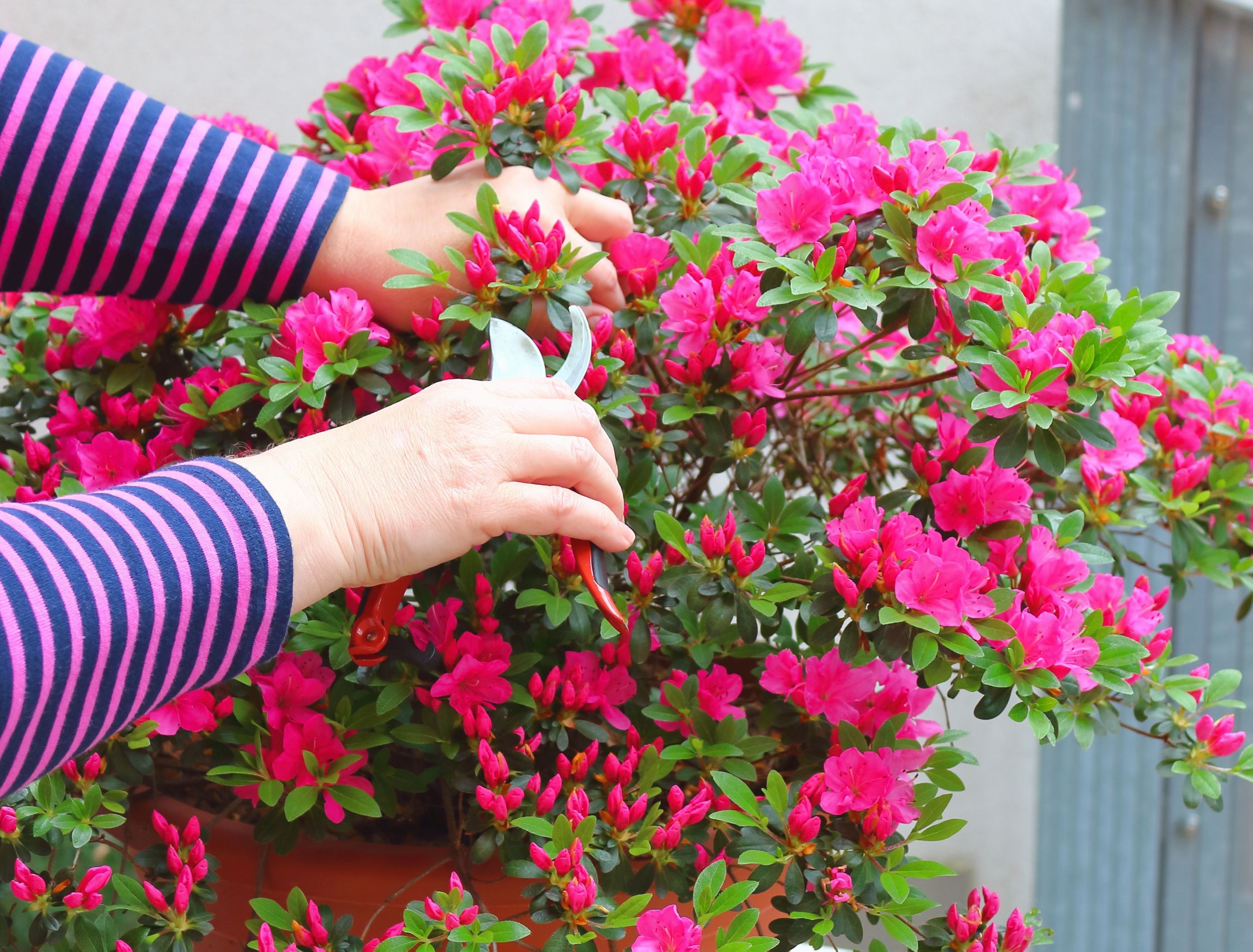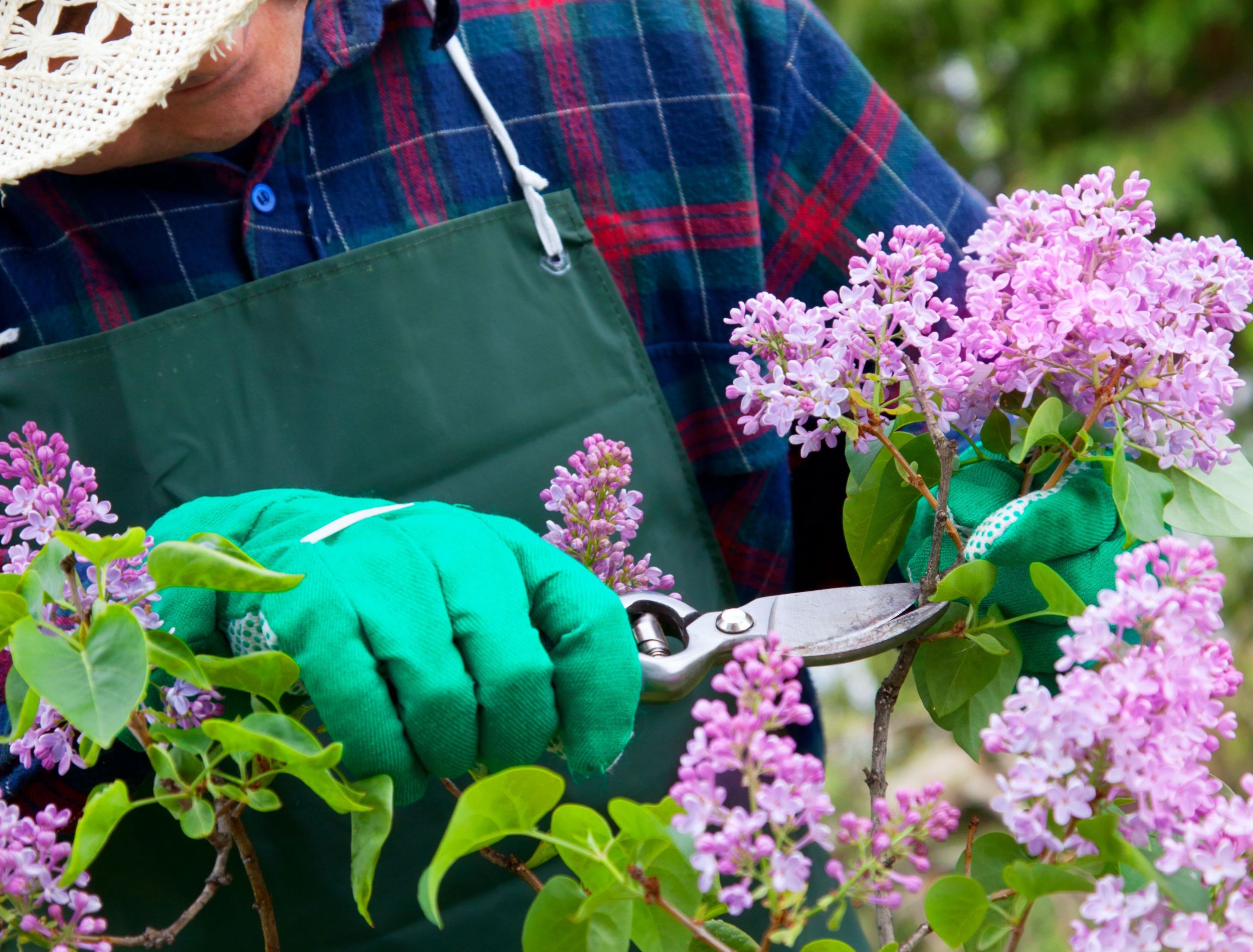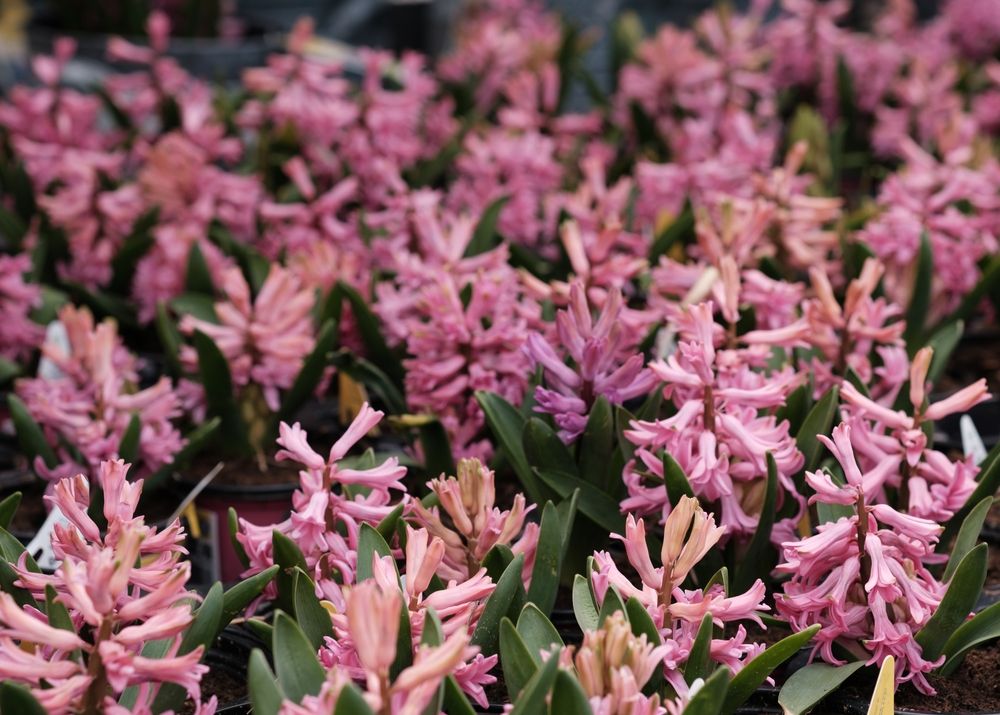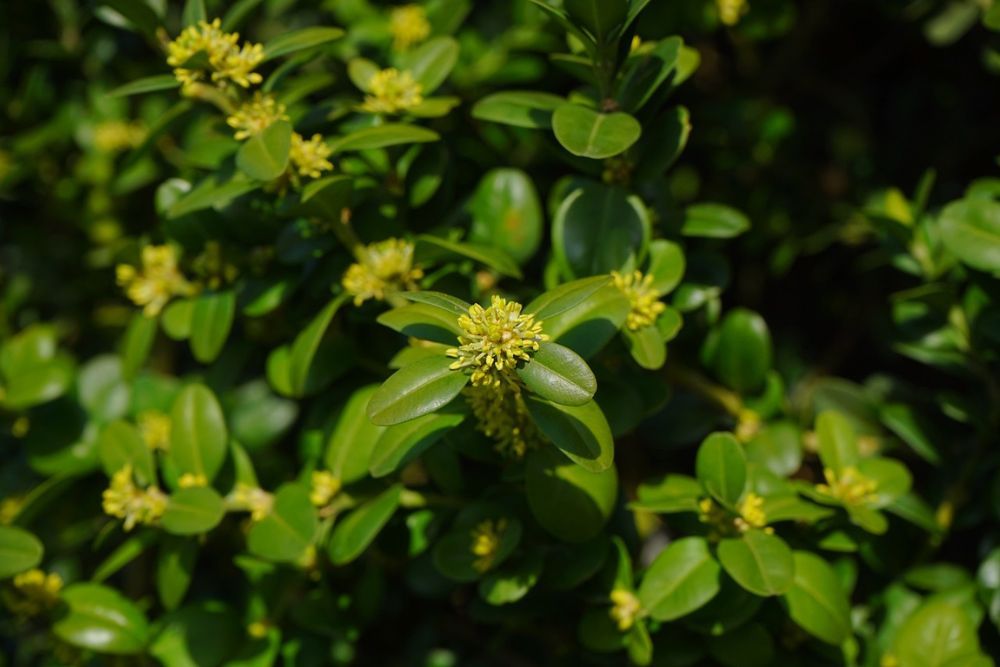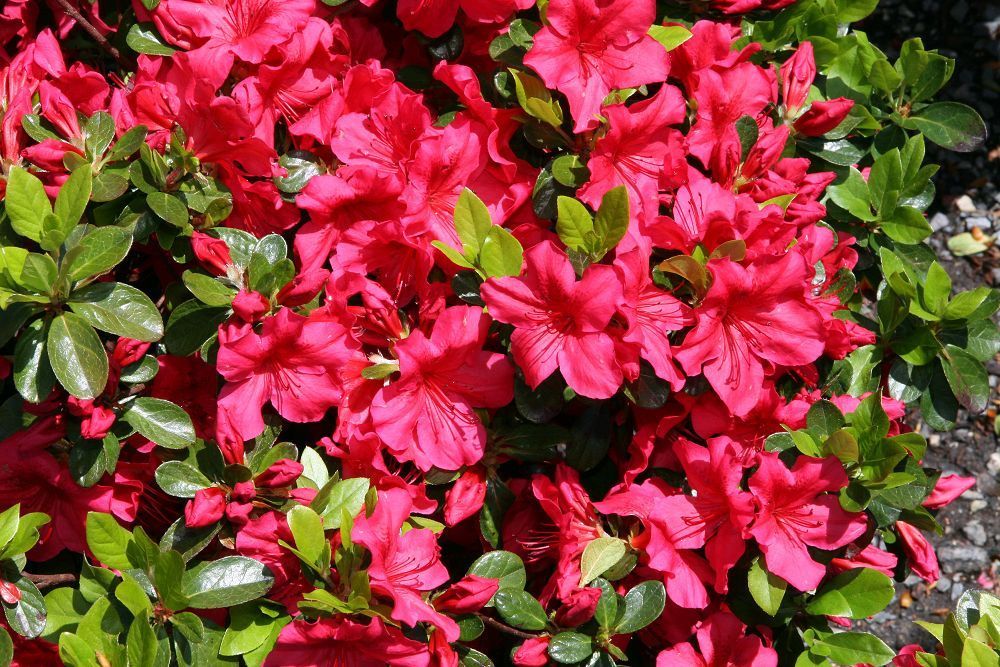With early summer in full swing, it's time to give some of your beloved plants a much-needed pruning — nature's way of ensuring your outdoor spaces radiates health for the entire season ahead! Pruning ensures both aesthetic appeal and functionality by controlling growth, improving strength and vigor, and increasing flowering potential.
Explore nine species that are prime candidates for a summer trim and discover the answers you need regarding which plants crave an early summer prune and when to do it!
Forsythia
These shrubs bloom in bright yellow clusters of flowers, adding a cheerful splash of color to your garden. Pruning your forsythia is necessary because they grow out of control if not pruned. It is an important step in keeping them healthy and vibrant.
When it comes to pruning these plants, timing is key. The best time to get started is just after the flowering period has finished (usually late spring or early summer). This allows the shrub enough time to regrow and develop new flower buds for next year. To do this correctly, do not prune too late. Ideally, stop cutting by mid-July.
Bigleaf and Oakleaf Hydrangeas
These beautiful blooms grace yards, gardens, and porch steps all over the country. With their large round flowers in shades of pink, blue, or white, they make a stunning statement in a yard.
The best time to prune Bigleaf and Oakleaf Hydrangeas is after they bloom, in the early summer. As with forsythia, do not prune after mid-July. Pruning too soon or too late reduces or eliminates flowering for that season as these beauties bloom on old wood.
Witchhazel
The witchhazel's vibrant yellow flowers bloom long after other deciduous trees have gone dormant, and its multi-stemmed branching structure allows you to selectively trim away deadwood or overly dense areas with ease.
Pruning witchhazel after it flowers, in the early spring months, helps to maintain a healthy shape and promote blooming for next season's flowers — not to mention improving the visibility of those beautiful blooms!
Honeysuckle
Honeysuckle is an absolute showstopper when it comes to garden shrubs and climbers. It's a vigorous deciduous climber and its stunning red and white flowers make this plant a must have for anyone looking for a bit of color in their garden.
Prune early flowering varieties, such as the early Dutch honeysuckle, right after blooming in the early summer season. For late flowering varieties prune in spring.
Azalea
Azaleas are some of the most beautiful plants to have in your garden. They bloom vibrantly throughout the summer and add a splash of color to your landscape.
Evergreen azalea species flower earlier in the season so prune them immediately after their blooms have faded — usually around late spring or early summer. This type of pruning ensures the bush remains healthy and full looking. Pruning evergreen azaleas too late may cause them to shed their flowers before they even have time to fully open up.
Deciduous azaleas, on the other hand, flower later in the season — sometimes as late as October. Pruning these types of azaleas before they blossom disrupts their bloom cycle and prevents them from producing as many flowers. Prune these shrubs late winter and early spring.
Lilac
Nothing says summer like the sweet smell of a blooming lilac. These fragrant shrubs add color and scent to your garden and pruning them in early summer helps keep them looking their best. It also encourages vigorous growth and more flowers next year.
Prune in early summer, around two weeks after lilacs bloom. Doing so keeps the plant healthy and promotes new growth.
Daphne
While this plant doesn't need much trimming — in fact, it's best to leave this plant alone, as pruning often results in die-back — if you must prune, do so right after blooming. Not only will your garden look its best during the summer months, but you'll also get the most out of your daphne's fragrant flowers and lush foliage.
Be sure to wear gloves when getting up close and personal with your daphne. Its sap is a mild irritant!
Boxwood
Boxwoods are some of the most popular plants used in landscaping because of their ability to provide structure, form, and texture. But just like other plants, they need occasional pruning to keep them looking attractive.
Early summer is the perfect time for boxwood pruning as this allows new growth ample time to establish before the cold set in.
Rhododendron
Rhododendron is an excellent choice for those looking to add a little bit of lush greenery to their outdoor space this summer. This flowering shrub comes in many varieties and colors, so it's easy to find one that fits your garden aesthetic perfectly.
When it comes to pruning rhododendrons, the key is timing. The best time to trim back these plants is right after they have finished blooming. If you wait too long, they start to set new buds that you may damage when you trim them back.
Pruning for Perfection
Overall, pruning is an essential part of a successful gardening plan. By performing the recommended pruning time and frequency for these nine plants, you can have a backyard full of beauty season after season.
Taking care of your plants is fulfilling and meaningful work, allowing them to reach their potential while providing you with lasting rewards. So don't forget to give your plants the care they need to thrive — including timely pruning!
Share this information with your friends and family who may also need some guidance on making their gardens even more beautiful this summer. Who knows — maybe you'll inspire someone else's green thumb along the way!

